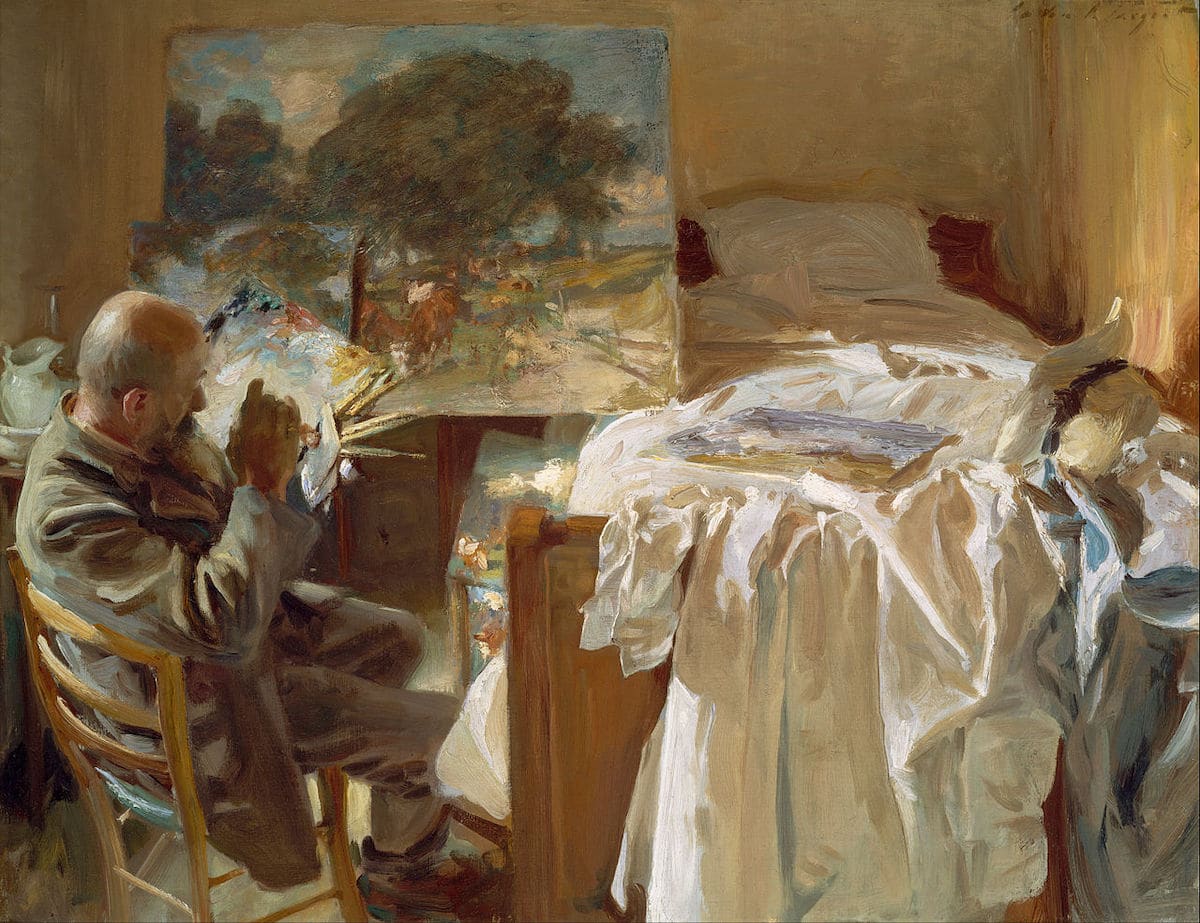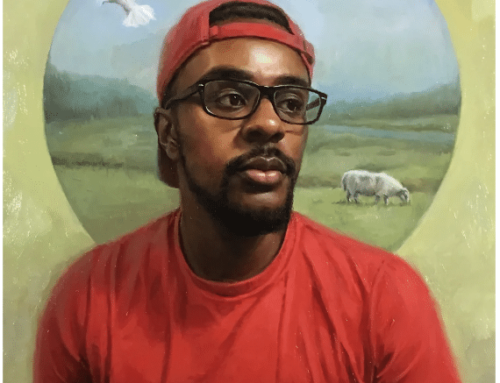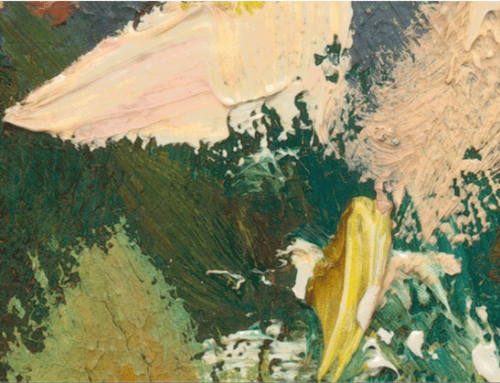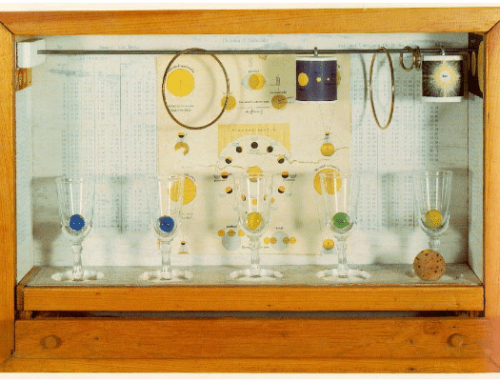You’ve probably seen this phrase before. “Seeing like an artist” is shorthand for a number of different ideas about art-making, but my favorite is that artists are people willing and determined to give reality to a vision. Let me explain.
In its narrowest sense, “seeing like an artist” can mean training the eye to “see big” and “see simple” – to grasp the essential geometry of a subject. This could mean to perceive, for example, pleasing relationships between two or three big shapes or colors within a landscape. Similarly, a portrait artist “sees” the sitter’s likeness as just three or four value-shapes or planes when beginning the composition.
But more broadly, “seeing like an artist” also means the ability to see the potential for a compelling work of art in what you are looking at. There’s more to unpack there than you might think. The eye sees, but it’s the brain that perceives. Let’s break this down….
Seeing vs. Perceiving
“Seeing” is an objective, physical affair involving lenses and light-ray-receptors. However, “perceiving” is what the brain does with what we see. The optic nerve just transmits information; we ourselves interpret (and even edit) that raw information. Seeing “like an artist” implies adding the creativity and artistic knowledge of how to make art.
To see like an artist in this sense is to combine observation, perception, creativity/imagination, and ultimately technical skill in conceiving an idea for a complete work of art. An artist looks at a model and sees colors, lines, and shapes; but she also perceives how certain shapes and lines (and not others) relate to each other; and she might also simultaneously conceive a rough roadmap for how to render these perceptions by making optimized creative choices (on the physical level of the work) to best express something of interest about the model.
That all adds up to “artistic vision,” which means “seeing something in a certain way.” It’s also part of what inspires an artist to paint that motif in just that way and not another. It amounts to the artist actually “having a vision” while looking at the subject. (To be clear, I’m not talking about the celestial-visitation-of-heavenly-clouds-with-strobe-lights-and-angelic-back-up-singers-in-leather-jackets-sitting-sideways-on-Harley-Davidsons kind of vision here.) Somehow this complex miracle happens in a flash, behind the scenes of rational thought, as it were, because the artist takes an active role in what the eye sees and what the brain does next.
Taking an active role in one’s life, even at this microscopic level, is surely part of what people have traditionally admired in artists and others living the creative life.
Creativity is an invitation to ask yourself how you see the world and what you want to do with that.




